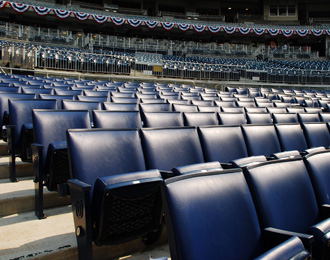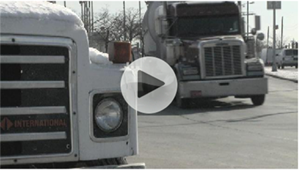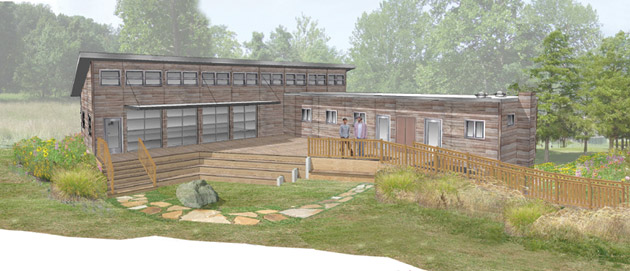 A recent issue of The Energy Report, featured a story about a new Michigan factory to supply batteries for the Chevy Volt and other vehicles in GM’s fleet. The Energy Report covers Energy and Environmental policy in the United States and globally on CleanSkies.com, a relatively new webcast.
A recent issue of The Energy Report, featured a story about a new Michigan factory to supply batteries for the Chevy Volt and other vehicles in GM’s fleet. The Energy Report covers Energy and Environmental policy in the United States and globally on CleanSkies.com, a relatively new webcast.
While the article touts the benefits of getting higher mileage and lower CO2 emitting vehicles, we must keep in mind a few costs before running out to buy a new electric car (be it from GM, Daimler-Chrysler, or Tesla Motors). These costs include environmental, financial, and and the opportunity costs for using your money for other purposes.
Electric cars do have an impact on the environment, related to the extraction, manufacture, use, and disposal of the materials in their batteries; as well as the rest of the car. Tesla Motors does seem to be conscientious of its environmental impact and other car manufacturers like Toyota and Honda are promoting battery recycling. Because electricity must be created to charge the batteries, whether electricity comes from coal or nuclear, or wind, solar, or hydro, hybrid cars makes a substantial difference on one’s carbon footprint. Manufacturing an entire car has a huge environmental impact as well, particularly when compared to using mass transit, car sharing programs, occasional car rentals, bicycling, and walking.
Owning a car is very costly in financial terms: car principal payment, interest, gas, maintenance, and insurance. One of the best ways to be a good environmental steward: don’t own a car. Living close to work, school, and shopping nodes keeps money in your pocket, protects the earth’s resources, reduces your carbon emissions, exercises your body, and leads to a healthier life style.



 A recent issue of
A recent issue of 


